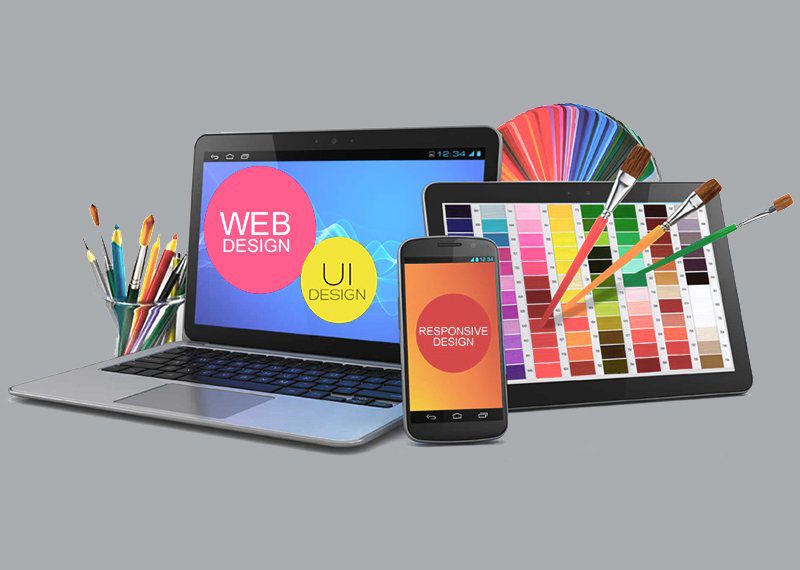I am taking a break from my brick’n click column to share a few thoughts with you on ways of working and the T shaped person (nothing to do with apple or pear shapes I promise).
The projects I have been involved in recently had one thing in common: a teamwork approach to creating a concept. “A camel is a horse designed by committee” was exactly what I was thinking. If certain parameters are in place however – a thorough brief, a common goal, talent with complimentary skill sets in the team, open communication and, not to forget, competent guidance – it can work.
Different Needs, Different Approaches
In one instance, a Squared Online assignment, I was part of a group of eight that never met or worked with each other before. We simply had the common goal to come up with an online business and develop the pitch deck together. The first step was to agree on the big idea – we all threw our suggestions in the ring, outlining the what, why and how and then settled on one concept. Using the Business Model Canvas as our framework, everyone then signed up for their area of contribution. Like you’d expect there wasn’t an expert for everything but it was made up for with effort and will to learn. While this took place in the safe environment of a course with no other pressure than what we put on ourselves, it was very interesting to see how everyone found their role in the team and how much we got out of this exercise. All done in the virtual space, with a virtual toast at the end.
And now an example from real life, with one of my clients: instead of students the group was made up of a client team and various experts, with the goal to develop the retail design vision for a new product line. The experts each added a different but very relevant angle to the brief and together covered all aspects of the customer experience. As a result we were able to outline an all-encompassing concept in just two days that is rooted in the combined knowledge and experience of the client and retail specialists. A creative process is fluid and often has to deal with goalpost shifting, but those laid roots will help to re-align when and where necessary. Even better, taking employees out of their usual working environment helps to break down silo barriers and empowers in-house talent. The loudest does not always have the most to add, but hidden gems will have a chance to shine.
In both cases the will to contribute and open, honest communication were key success contributors. One can easily see how powerful this way of working can be, if you have the ideal mix of parameters and guidance as outlined above.
In fact, in this age of cloud computing and BYOD more and more companies have cross-disciplinary teams, internal and external to the business working collaboratively, across cultures and time zones – and the constant need to improve, evolve and transform – it is no surprise a new type of model employee has emerged.
The T-shaped Person
The term apparently originated at McKinsey & Company in internal conversations about what kinds of consultants to hire but it is the design firm IDEO who made it more widely known. Famous for its method of innovation based on intense cross-disciplinary project work, IDEO has long practiced the art of collaboration and the development of the T-shape talent.
How to become T-shaped. IntelligenthqAccording to IDEO’s CEO Tim Brown “T-shaped people have two kinds of characteristics, hence the use of the letter “T” to describe them. The vertical stroke of the “T” is a depth of skill that allows them to contribute to the creative process. That can be from any number of different fields. The horizontal stroke of the “T” is the disposition for collaboration across disciplines”.It is composed of two things. First, empathy. It’s important because it allows people to imagine the problem from another perspective- to stand in somebody else’s shoes. Second, they tend to get very enthusiastic about other people’s disciplines, to the point that they may actually start to practice them. T shaped people have both depth and breadth in their skills.”
Some universities now teach T-shape skills. Internships are another way for companies to develop specialists into versatilists where there is potential. The best way to find out is having a conversation about the projects they have done: if it’s all about their achievement be cautious. If on the other hand the person talks about how other people have helped them do what they have done there is evidence of emphaty, collaboration and interest in working with other people. If someone is a really popular member of a project team here, when people are always trying to get them assigned to their project, that’s a pretty good clue that they are good at their content and that they are also collaborative.
So, take advantage of these skilled T-shape resources by providing the right team with a thorough brief, common goals, open communications and competent guidance and you’ll have a much better chance to end up with a high-performance horse in the end.
Sigrid Brewka-Steeves is a Customer Experience Design consultant and Creative Director. With a background in Scenography and Interior Architecture, she has over fifteen years planning, leading and delivering award-winning international, multi-discipline and multi-sector Design Innovation and Brand Development projects and has worked on client, agency and delivery sides of the table. Sigrid collaborates with her clients on formalising their vision to improve or transform their cross channel customer experiences, creating unique, functional and on-brand solutions with commerciality in mind.































